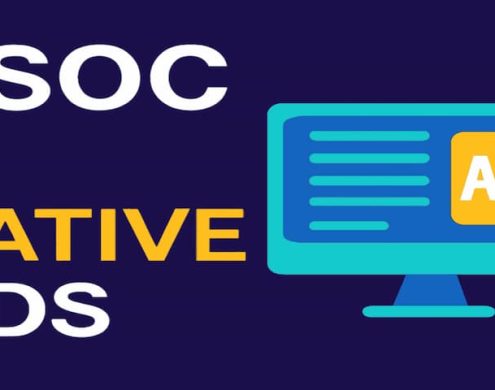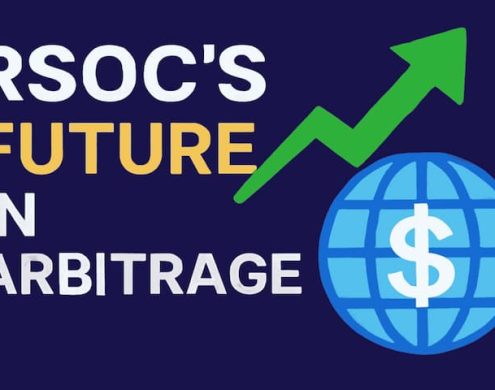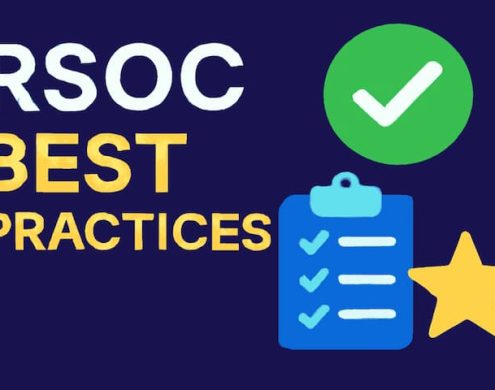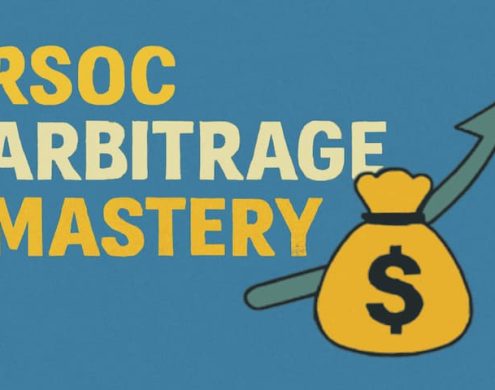Currently Empty: $0.00
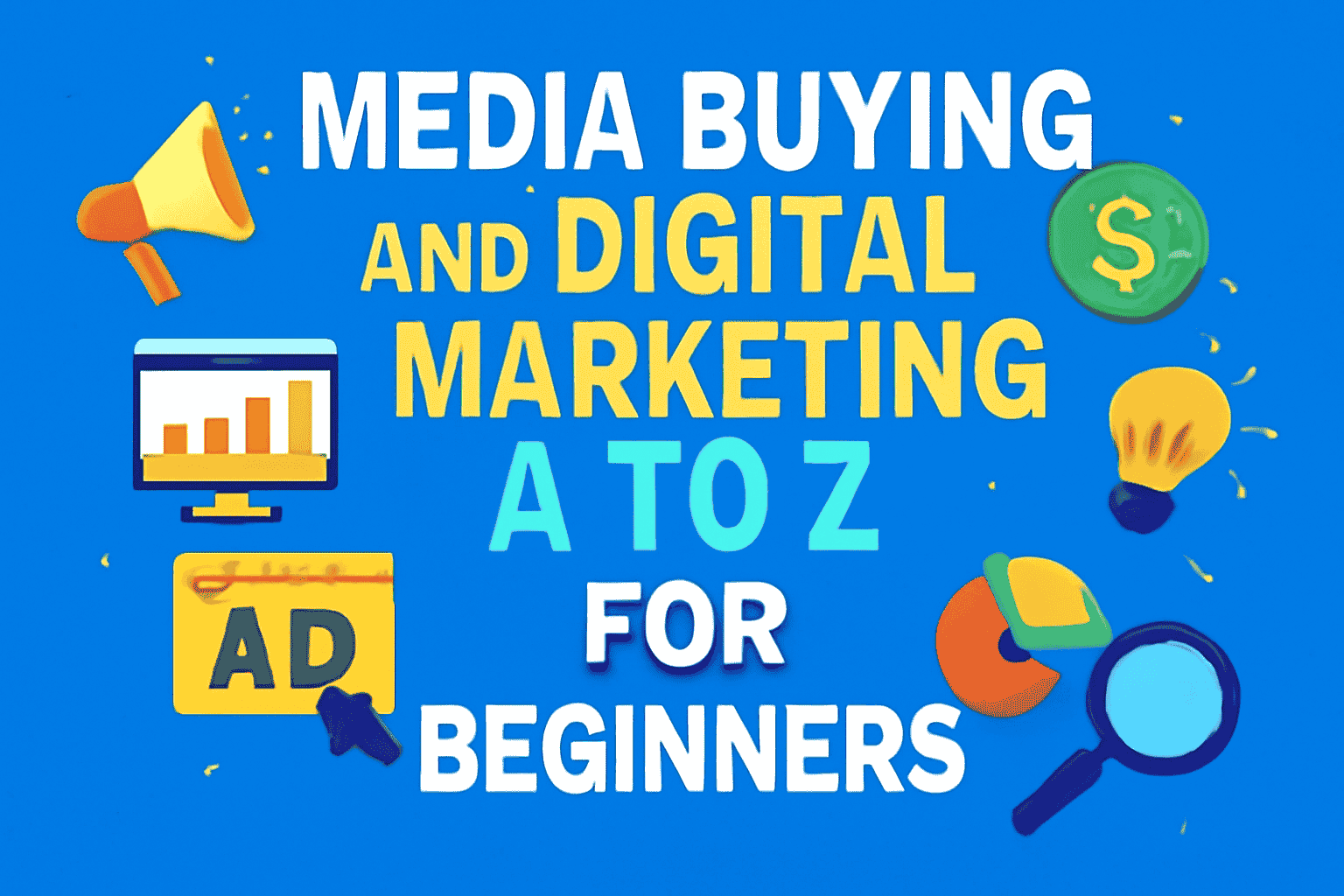
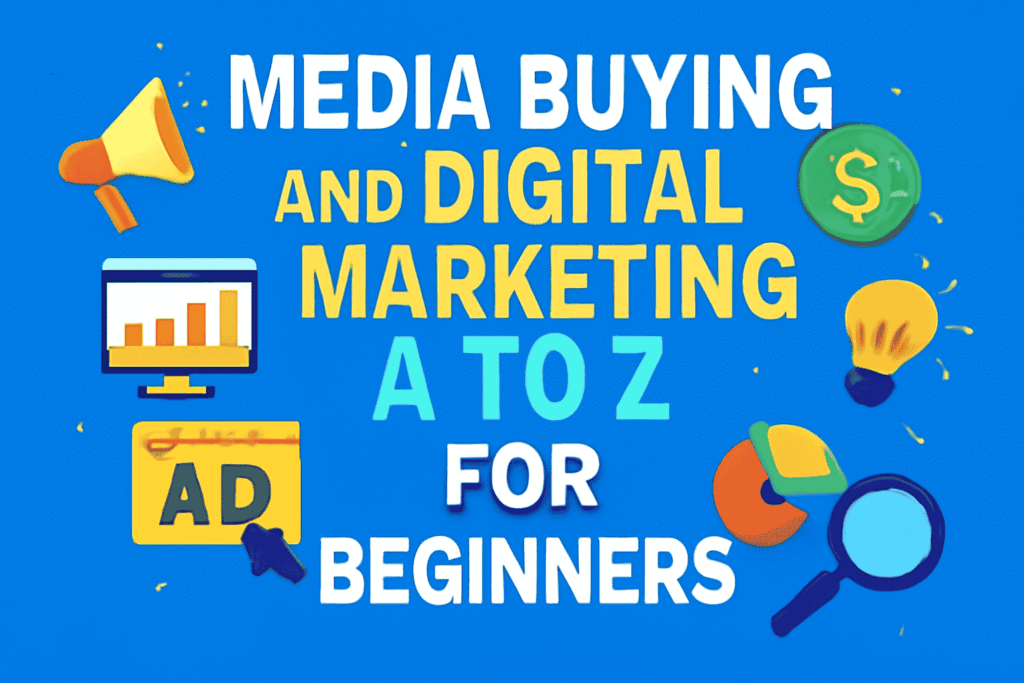
To do well in today’s digital world, businesses need to use the power of online marketing. It’s important to know about media purchasing and digital marketing if you own a small business, love marketing, or want to get into the field of digital marketing. This “A to Z” book is meant to teach novices the most important ideas, tactics, and real-world uses of digital marketing and media buying. We’ll look at both the theory and the steps you may take, giving you examples and advice for success.
What is the process of buying media?
When you buy media, you buy ad space or time on different platforms to promote goods or services. Marketing experts or agencies usually do this to get ads in front of the proper people. Media buying includes a lot of different digital platforms, like websites, mobile applications, social media, search engines, and more.
What makes media buying so important?
Buying media well makes sure that your ads go to the appropriate people, at the right time, and in the right location. It lets businesses reach potential customers through paid marketing channels, which boosts brand awareness and leads to more sales.
For instance, a small online company that sells eco-friendly goods could utilize Facebook Ads to reach people who are interested in green products and sustainability. They may make sure that their ads are seen by the right people by buying ad space on Facebook.
The Most Important Steps in Buying Media
Setting Goals for the Campaign: The first step is to know what your campaign’s goal is. Is it to get people to know about your business, get them to buy something, or get them to sign up for your newsletter? Your goals will decide what kind of media outlets to employ and how to reach them.
Identifying Your Target target: It’s really important to know who your target is. When you define your target audience, think about things like their age, gender, geography, interests, and actions.
Choosing Media Platforms: Media buying means picking the places (like Google Ads, Facebook, Instagram, YouTube, etc.) where your target audience spends the most time.
Setting a budget and a bidding strategy are also part of media buying. Different platforms employ different bidding models, such as cost-per-click (CPC), cost-per-impression (CPM), and cost-per-acquisition (CPA). You need to create a daily or lifetime budget for your campaign and select how much you may spend.
Monitoring and Optimization: After the campaign goes live, it’s important to keep an eye on metrics like CTR (click-through rate), conversion rate, and ROI (return on investment). Change your advertising and targeting based on this information to make them work better.
The Basics of Digital Marketing for Newbies
Digital marketing is the use of digital channels including search engines, social media, emails, and websites to promote goods or services. It includes a number of methods, such as SEO (Search Engine Optimization), media buying, content marketing, and more.
Digital marketing is very important because it lets businesses access and interact with customers where they spend most of their time: online.
Important Digital Marketing Channels
Search Engine Optimization (SEO) Optimizing your website and content for search engines is what SEO is all about. It brings natural visitors to your website when done right.
For example, if you have a fitness blog, using keywords like “home workout tips” or “best workout routine for beginners” in your posts can help them show up higher on Google.
Pay-Per-Click (PPC) Ads Pay-per-click (PPC) is a sort of online ad that charges you every time someone clicks on it. This is something you see a lot on Google Ads and social media sites like Facebook and Instagram.
If you bid on the right keywords, your ad can show up at the top of the search results when someone searches for “best yoga mats.”
Marketing with Content Creating useful content to draw in and keep your target audience is what content marketing is all about. Blogs, infographics, videos, and podcasts are all common types of content marketing.
For example, a company that sells skincare products may write blog entries that teach people about skincare regimens, provide how-to videos, or make infographics that show how natural ingredients are good for you.
Marketing on Social Media Using social media sites like Facebook, Instagram, Twitter, and LinkedIn to promote content is what social media marketing is all about. This covers both free and paid posts.
For instance, a clothing manufacturer may upload pictures of their newest outfits on Instagram every day and utilize Instagram Ads to reach people who follow fashion influencers.
Email Marketing To build relationships and make sales, email marketing is sending promotional emails to a list of people who have signed up. It’s a direct way to talk to current or potential customers.
For example, an online retailer might send targeted emails to people who have left their shopping carts, offering them a discount to finish their purchase.
What makes digital marketing important?
Digital marketing has a number of benefits over traditional marketing:
Cost-Effective: Digital marketing lets firms reach their target audience for a lot less money than traditional advertising tactics like TV or print.
Targeted Reach: Digital marketing lets you reach individual users based on where they are, their demographics, their interests, and their behavior.
Measurable Results: Google Analytics and social media insights are two examples of platforms that give you specific analytics to keep track of how well your campaigns are doing and help you make decisions based on data.
A Beginner’s Guide to Media Buying and Digital Marketing in Steps
Here’s a practical guide to help you run a successful campaign from scratch that will help you learn how to buy ads and do digital marketing.
Step 1: Set the goals for your campaign
As we said before, the first stage in any media buying campaign is to make your goals clear. Ask yourself:
Do you want people to know more about your brand?
Do you want to get more people to visit your website?
Are you more interested in getting leads or making more sales?
The kind of digital marketing plan you adopt and the metrics you use to measure success will depend on your aims.
Step 2: Know Who You Want to Reach
It’s really important to know who your audience is when you buy media and do digital marketing. Find out who your perfect consumers are and where they spend their time online. Use tools like Google Analytics or Facebook Audience Insights to get information about your audience.
For example, a company that sells organic pet food would want to reach pet owners between the ages of 25 and 45 who are interested in natural products and live in the suburbs.
Step 3: Pick the Right Media Buying Platform
Choose the platform that best fits your marketing goals and your target audience. Some well-known places to buy media are:
Google Ads are great for both display ads and search engine marketing (SEM). Google Ads is a terrific way to reach people who are actively looking for goods or services.
Facebook and Instagram Ads are great for social media ads that are very specific. Both platforms let you target people based on their interests, demographics, and behavior in a lot of different ways.
LinkedIn Ads: LinkedIn is a terrific place to reach professionals and businesses if you work in B2B marketing.
YouTube advertising are great for video commercials and campaigns to get people to know about your brand.
Step 4: Make a budget
Figure out how much money you want to spend on your campaign. You may create daily or lifetime budgets on sites like Google Ads and Facebook to help you keep track of your spending. Pick a bidding model that fits your goals: CPA (Cost Per Acquisition), CPC (Cost Per Click), or CPM (Cost Per 1,000 Impressions).
Step 5: Make interesting ad creative
Your ad should speak to your target demographic and make them want to do something. A good commercial has a strong call to action (CTA), an interesting title, and pictures that capture the eye.
For example, if you’re having a discount on organic skin care items, your ad can say, “Get 20% off all organic skin care products.” Go ahead and shop now!
Step 6: Keep an eye on your campaign and make it better.
Use analytics tools to keep an eye on how well your campaign is doing once it goes live. Keep an eye on things like:
Click-Through Rate (CTR): This is the number of people that clicked on your ad after seeing it.
Conversion Rate: The percentage of people who did what you wanted them to do, like buy something or sign up.
Cost Per Acquisition (CPA): The money you spend to get a new customer.
Don’t be scared to make changes if your campaign isn’t doing properly. Try out alternative ad creatives, change your targeting, and try out different bidding methods.
Final Thoughts on Buying Media and Marketing Online
We’ve talked over the most important parts of digital marketing and media buying in this tutorial. We have explained the essential ideas, the most important platforms, and what beginners may do to get started. Media buying and digital marketing are great ways to help you reach your goals, whether you want to get more people to know about your brand or make more purchases. The most important thing is to have a good plan, try out different things, and keep improving your campaigns for the greatest results.
If you follow the steps above, you’ll be well on your way to being an expert in digital marketing and media buying. Digital marketing is an area that is always changing, so it’s crucial to keep up with the newest trends, technologies, and best practices. You may use media buying to develop your business online if you know how to do it right.


